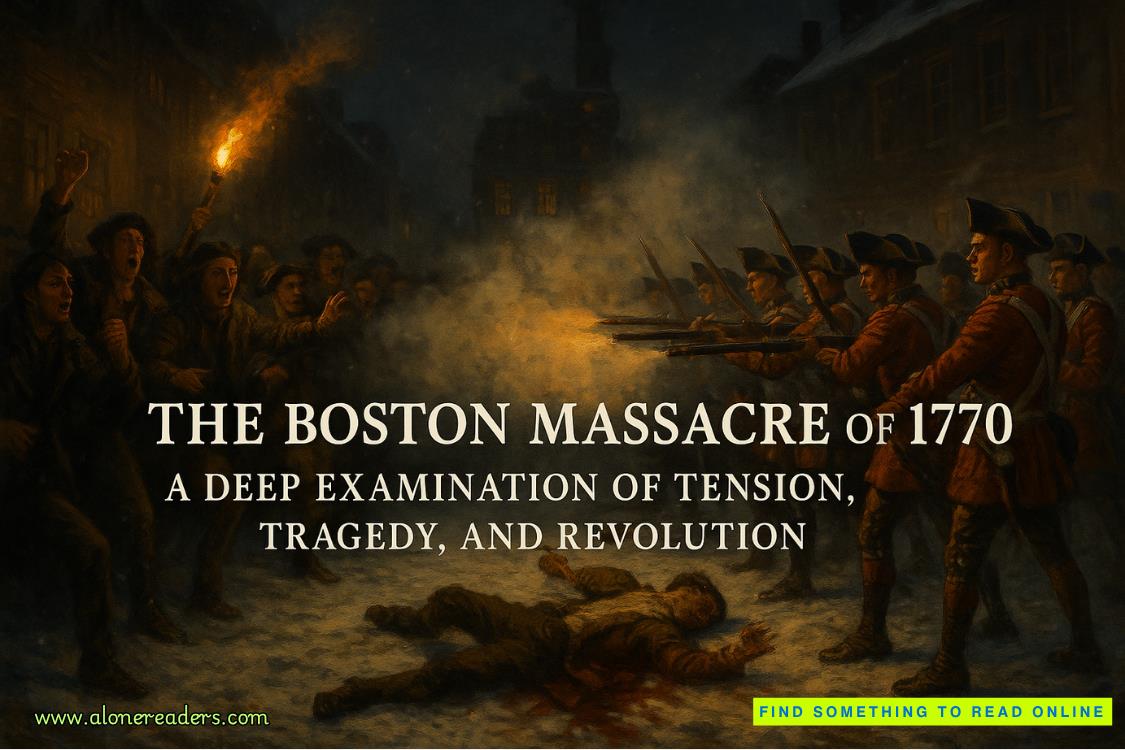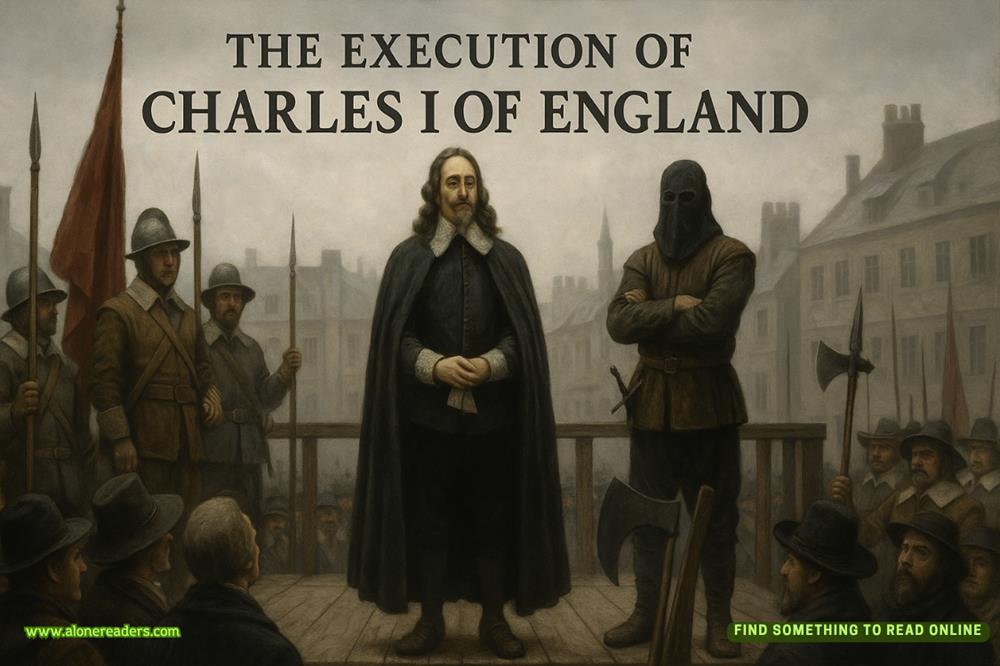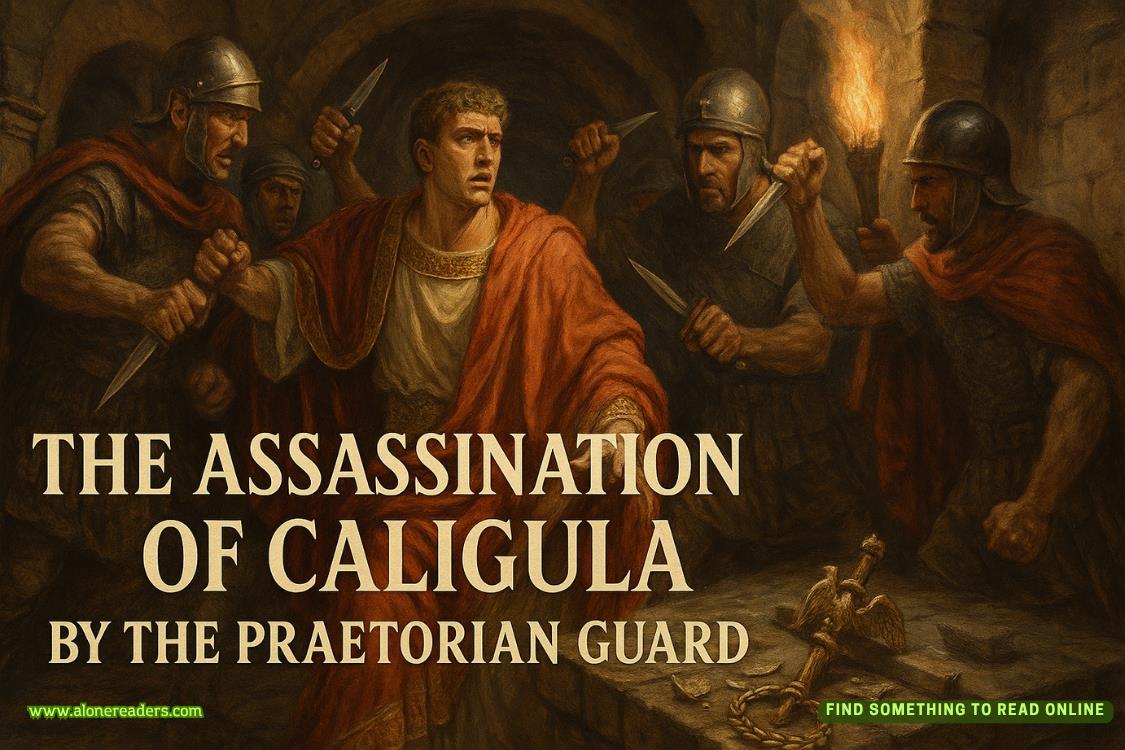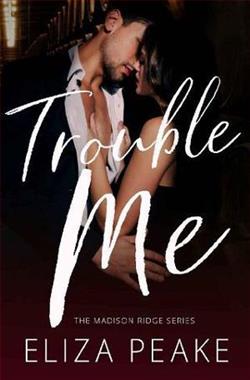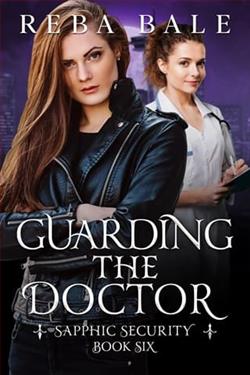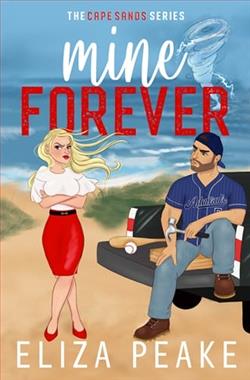Page 99 of S is for Silence (Kinsey Millhone 19)
“You wouldn’t by any chance have records going back that far?”
“Can’t help you there. You’re hoping I can tell you who rented that machine, but no dice. I keep records for as long as theIRS requires and after that, files get tossed. Seven years back is the extent of it.”
“Too bad.”
“I’m surprised Detective Nichols lets you nose around like this. He strikes me as the type to run a pretty tight ship.”
“Right now we don’t even know what we’re dealing with.”
“I guess that’s right. Far as I know, there’s no law against burying a car. Same token, sheriff’s office can get pretty testy about people messing in their business.”
“Happily, I’m not ‘messing in their business.’ Detective Nichols knows anything I learn will go straight back to him. I made a promise.”
We heard the steady peep-peep-peep of a vehicle backing up. The tow truck driver had the door open, and he was leaning out so he could see where he was going. Most of the law-enforcement personnel had assembled near the hole-detectives, deputies, and crime-scene techs. Daisy seemed rooted to the earth, but both Padgett and I crossed the road to get as close as we could. There was some dickering around while the cable was secured to the front axle of the car. I could hear the high whine of the hydraulic lift and the cable pulled taut. With a groan, the car was wrested from the earth and hauled, rattling and banging, up the long incline. When the vehicle finally rolled into view, the tow truck driver pulled on his emergency brake and got out to take a look.
The sad remains of the Bel Air hunkered in the light like some hibernating beast whose rest had been disturbed. Moisture had chewed into the rubber on all four tires, leaving them flat. The rust was so extensive that the exterior paint might have been any color. The backseat window on the passenger side was gone. On the same side of the roof, the weight of the soil had caused a portion to collapse, leaving it looking as soft as a rotting melon. Dirt must have filtered into the interior, creating the depression that I’d seen from the second floor of the house. Though we couldn’t see anything from where we stood, we were later told that condensation had caused the upholstered seats to decay down to the springs. The windshield and hood were intact, but the gas tank had rusted through and all the gas had leaked out, visible as a darkened patch at the bottom of the hole. Even from that distance, I picked up scents, as subtle but unmistakable as a whiff of skunk- rust, rotting upholstery, and decomposing flesh.
One of the techs blew on the windshield, managing to clear a small patch of glass. He directed the beam from a heavy-duty flashlight across the interior. He moved to the missing rear window so he could peer into the backseat. Daisy turned away, gnawing on her thumbnail. The tech motioned the detective over and he peered in. While the second tech took a set of photographs, Nichols approached Daisy and eased her away from the rest of us. He talked to her for some time, his manner serious. I knew the news wasn’t good. I could see her nod, but she made very few comments in response, her expression impossible to read. He waited until he’d assured himself that she was okay before he crossed back to the tow truck. At a signal the car was loaded on the deck and secured with heavy chain.
Daisy returned. Her face was drawn and her eyes held the blank look of someone who hasn’t yet made sense of the world. “What’s left of the dog is on the floor. They can see skeletal remains in the backseat. The body’s wrapped in a shroud of some kind, though most of the fabric’s rotted away. Nichols says they won’t know cause of death until the medical examiner takes a look at her.”
“I’m sorry.”
“It gets worse. He says the shroud looks like badly disintegrating lace, probably a curtain, judging by the row of broken plastic rings they can see along one edge.”
26
We drove back to Daisy’s house. My impulse was to have her drop me off so I could pick up my VW and head for home, but she asked me to go with her to tell her father about the discovery of Violet’s body. I wasn’t sure she’d fully absorbed the impact of her mother’s death. Under the surface calm, she had to be in a fragile emotional state. She’d longed for closure, but surely not this kind. Though she hadn’t said as much, she’d probably had her hopes pinned on the notion that Violet was still alive, which would have afforded them the option of reconciliation. The certainty about Violet’s fate created more questions than answers, and none of the options seemed good.
In the meantime, ever practical, I made a quick dash inside and moved the clothes from the washer to the dryer so I could have my jeans back before I hit the road. We drove to Cromwell in Daisy’s car, and when we pulled up in front of the rectory, we could see Foley sitting on the porch in a wooden rocker, his hands in his lap. In the aftermath of the assault, his face looked painfully swollen. His cheeks and eye sockets had ballooned up as though tight with air, and his bruises were a deeper shade of dark blue and more widespread. He’d showered and his clothes were fresh, but the packing in his nostrils and the splint on his nose had precluded washing his hair. A residue of dried blood matted the strands. Watching us approach, Foley had to know the news was bad, in the same way you know you’re in for a jolt when a somber-looking state trooper comes knocking at your door.
